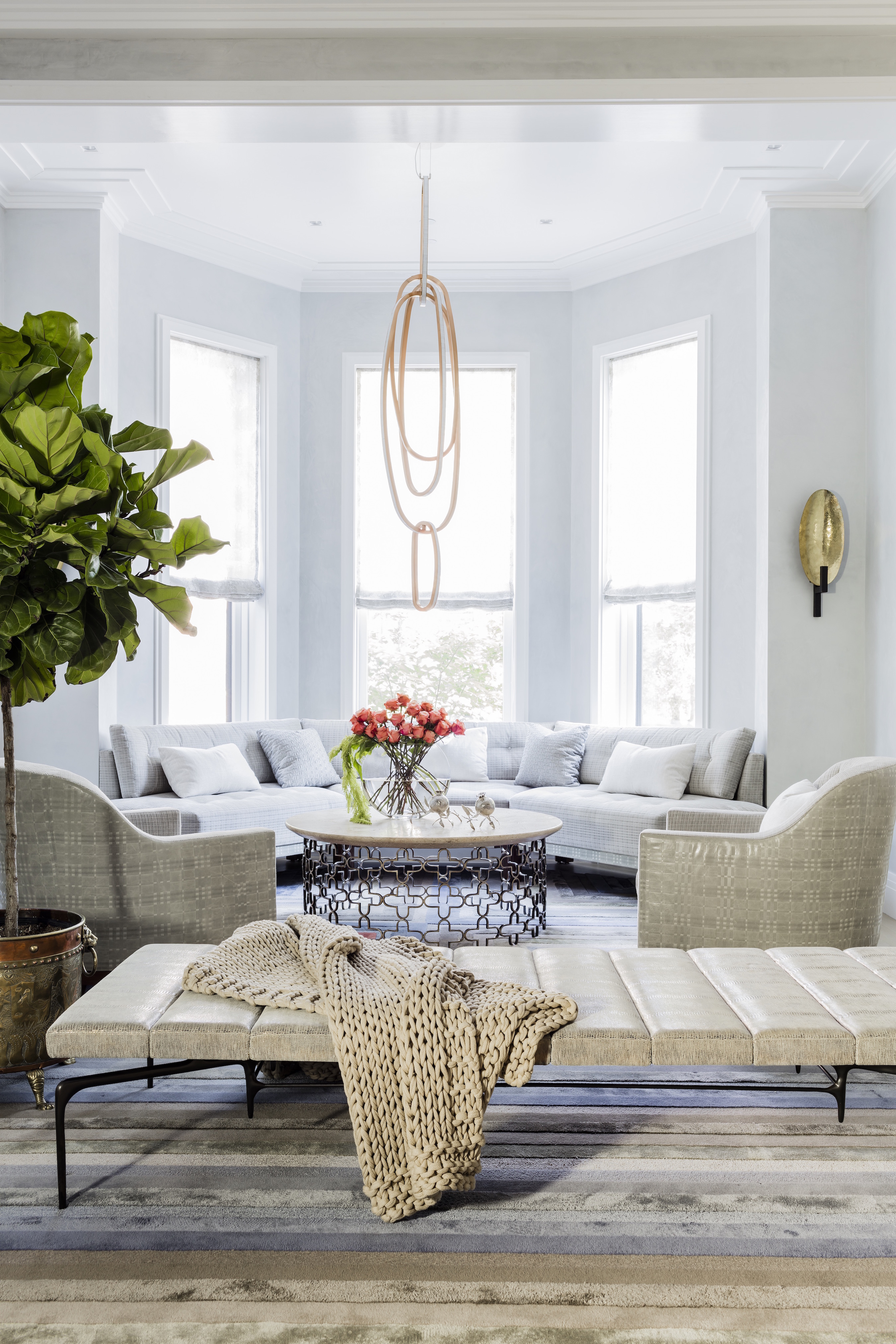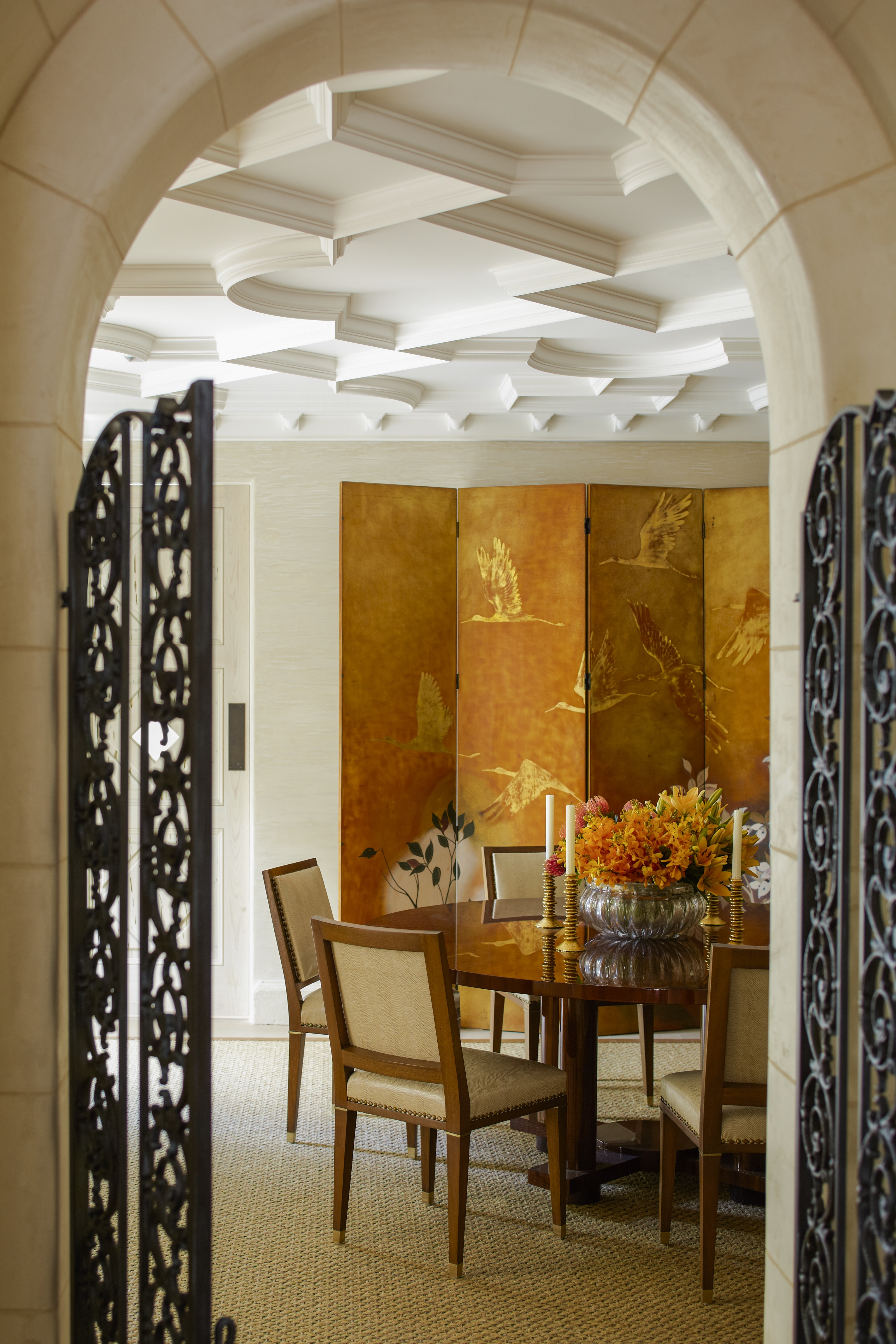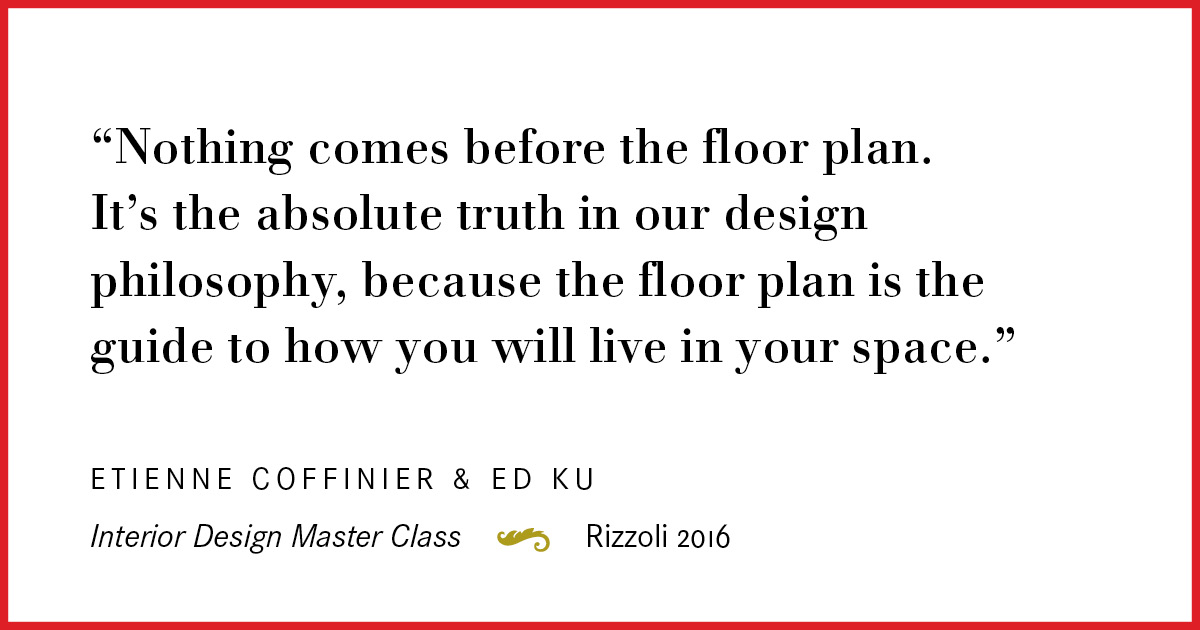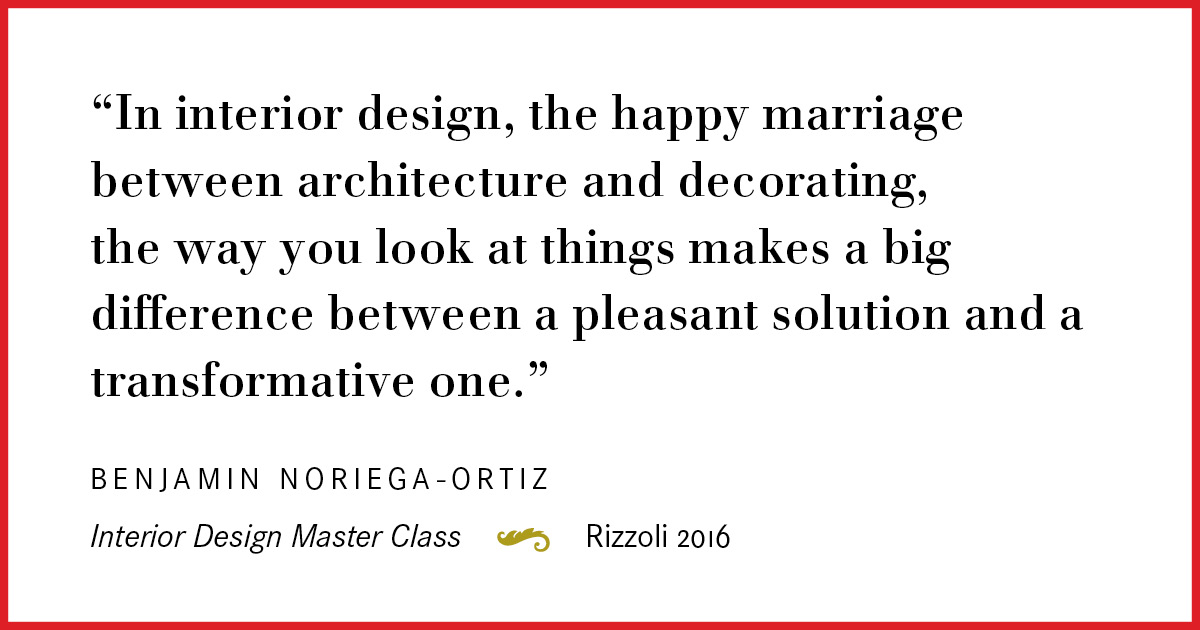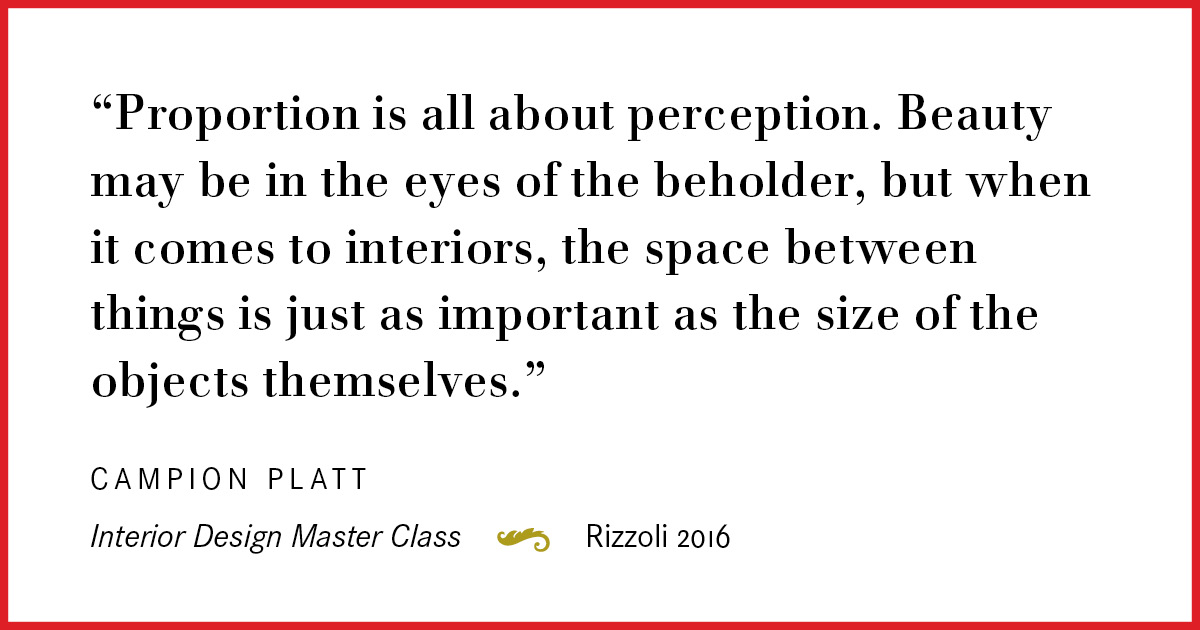
“The ergonomics and limitations of our body aren’t changing anytime soon, but the design to fit them always is. While the “a chair is a chair is a chair” mantra still holds, the proportions of ideal delight have changed over the eons. This is due to cultural adaptations and the advances of material science, but also an inquisitive personal need to explore new forms of design that lend comfort and meaning to our evolving world.
Note that in ancient design, individual furniture pieces held much more meaning; each object was usually created for a simple and unique purpose. In the modern context, furniture plays a more ensemble role, and its individual importance has been relegated to serving the whole. One might call this the socialism of design. Fine proportion and certain meaning have given way to a living utility where each piece of furniture may and must have a dual purpose, must be more durable, shippable, and adaptable to many different design possibilities.”
